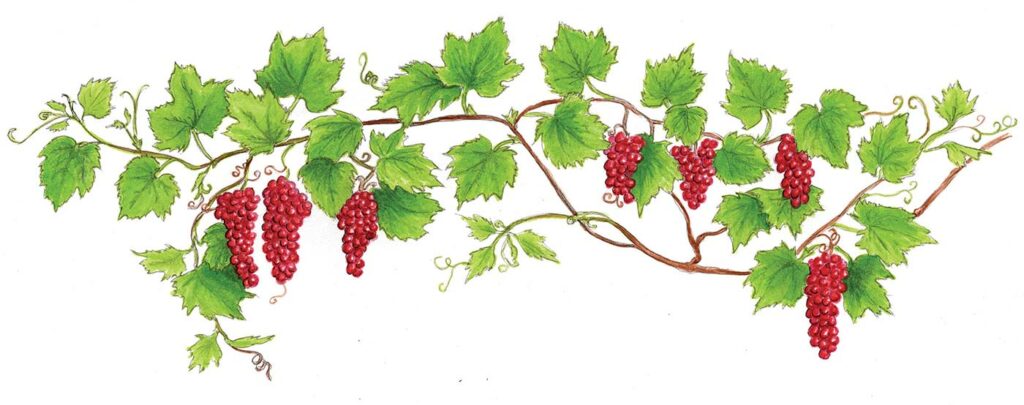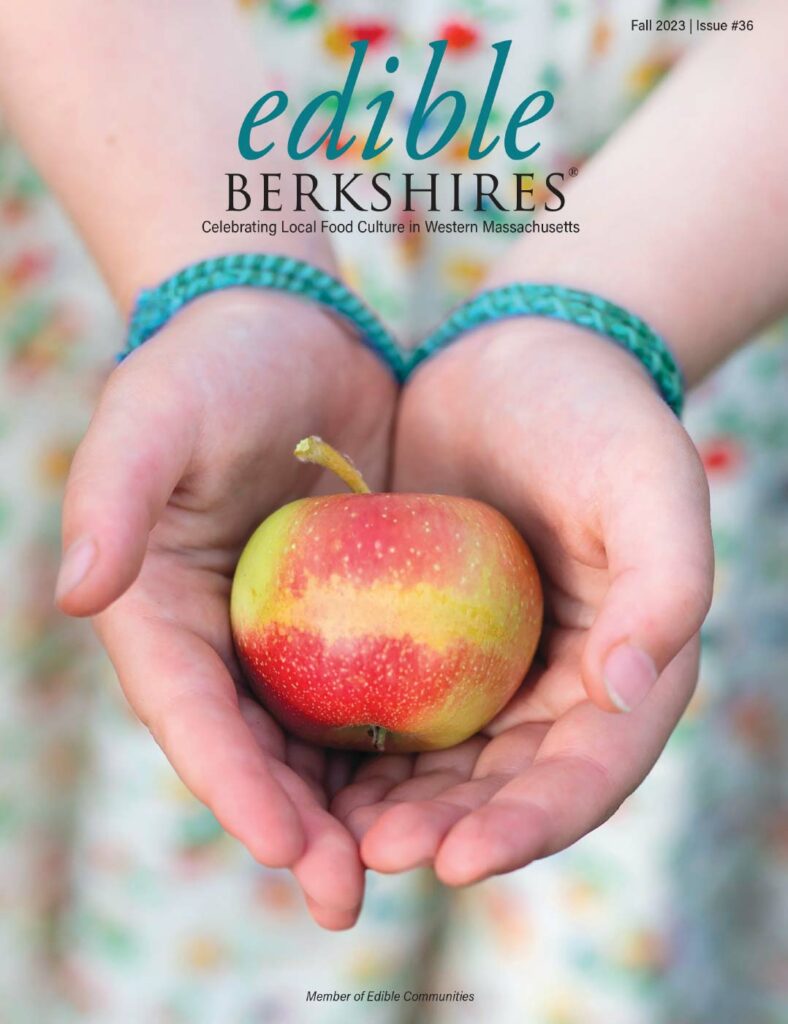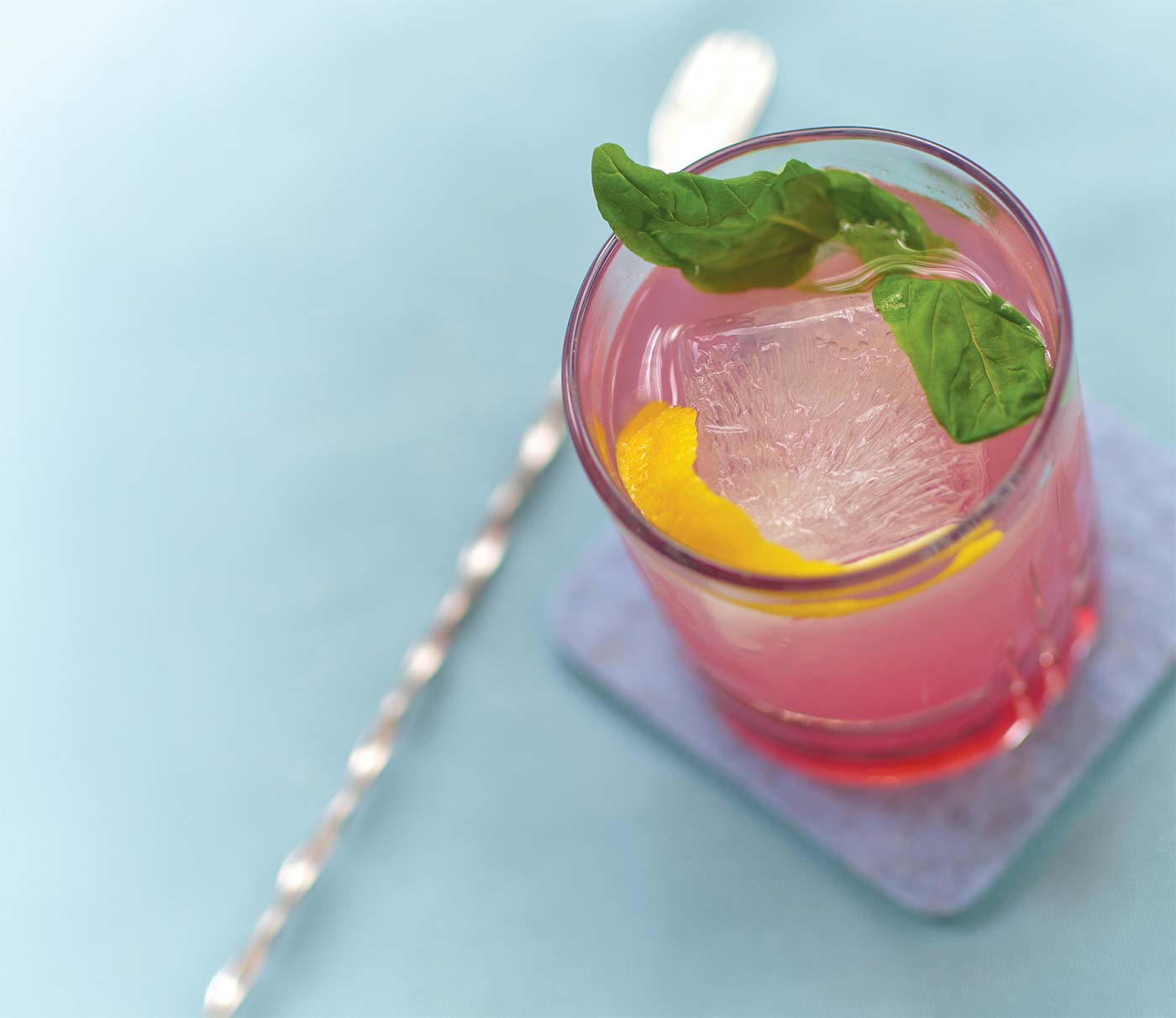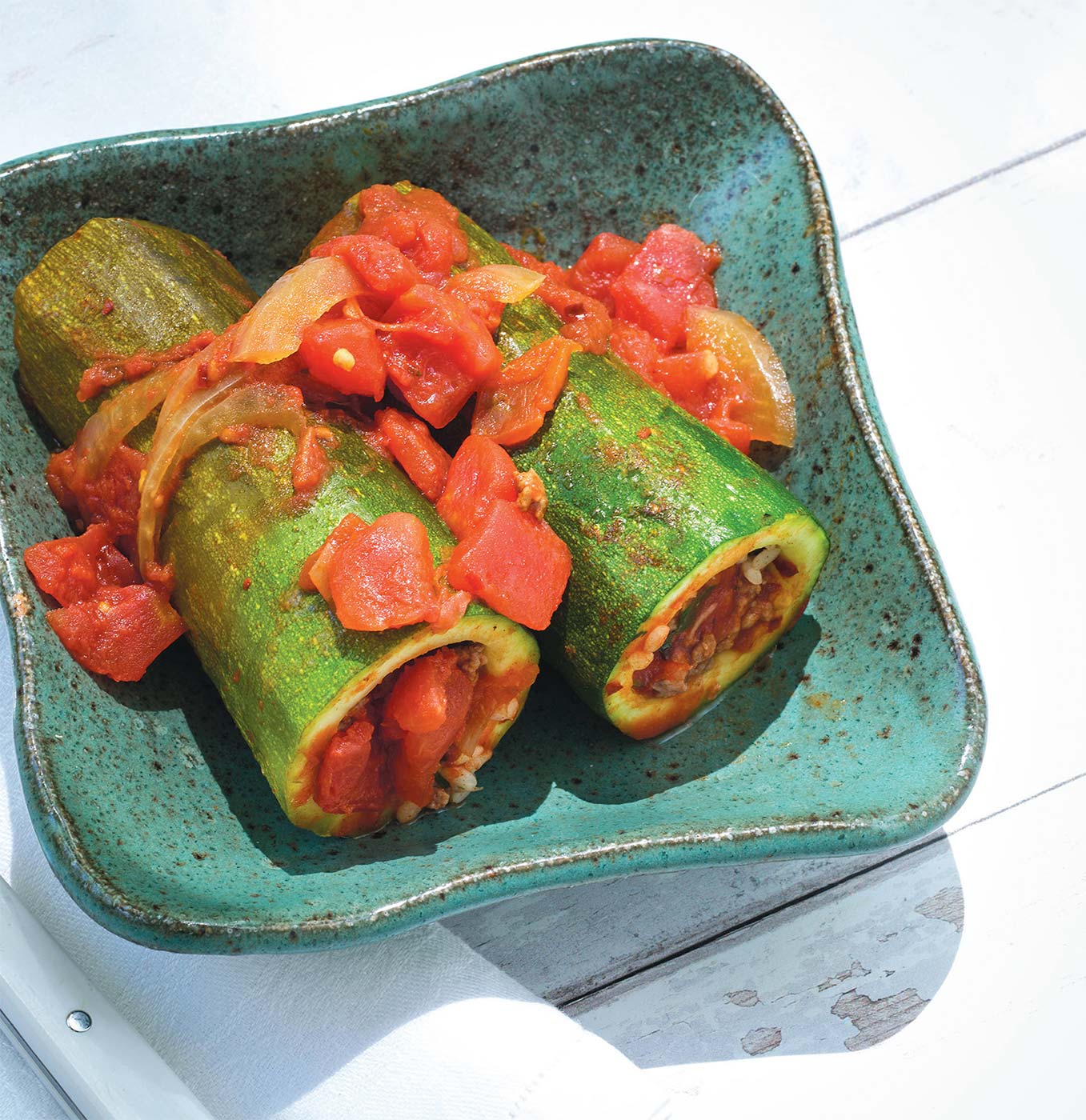
“Wine is an intergenerational message.” —Gerard Bertrand, French winemaker, speaking at the VinExpo Paris, on February 12, 2024
A quiet revolution is happening in the wine industry as some producers abandon modern techniques and return to more traditional methods. In your latest visits to the wine store, you have surely seen the labels Natural Wine, Certified Organic Wine, or Biodynamic Wine. What do these labels mean, and how do these wines differ from traditional ones? Are they healthier? Do they taste better? Let’s dive deeper into these questions.
Agriculture today faces a dilemma: The chemicals used to shield crops from pests harm fungi, worms, and small animals—all essential elements of soil health. Consequently, wine growers resort to synthetic fertilizers, further depleting these crucial organisms. Witnessing the widespread degradation of soils worldwide, a new wave of winemakers is embracing ancestral techniques to restore vineyards to their natural seasonal rhythms and produce wines with greater authenticity.
Let’s take a look at some of the techniques: The simplest one results in natural wines. Natural wine is not a recent innovation but goes back to the ancient methods of winemaking: crushing the grapes, allowing the juices to ferment, and letting time work its magic. Natural wines typically exhibit sweeter profiles, often with delicate effervescence and the yeasty aroma of a brioche or grilled toast.
Without added sulfites (an antioxidant and stabilizer), sugar (to control acidity), or yeast (to manage alcohol levels during fermentation), these no-additive “natural” wines have garnered a dedicated following among those who perceive them as a healthier option.
However, there is no official definition nor regulation defining a natural wine. And crafting natural wines poses significant challenges. First, maintaining a consistent wine character and quality is difficult as the environment fluctuates from year to year; the same grapes can produce wines deep and full-bodied in sunny, dry conditions or acidic and light in cool and rainy weather. Furthermore, natural wines cannot be mass produced, resulting in variable quantities from year to year, and complicating distribution and pricing. Finally, natural wines are prone to instability, requiring careful storage; even slight fluctuations in temperature, humidity, or light exposure can transform a delightful beverage into a bland liquid. My advice: Consume your natural wine promptly after purchase to fully appreciate its qualities.
Available on all continents since the 1970s, certified organic wines have surged in popularity. While the definition of “organic” wines varies from country to country, the common denominator is that they must be crafted from grapes grown without chemical or genetically modified fertilizer, herbicides, or fungicides, and their vinification must involve a limited number of additives.
The organic wine movement has truly gone global, spanning from California to Argentina and from Italy to Australia. Today, nearly 20% of Bordeaux vineyards carry an organic certification, Italy and Spain have also emerged as leaders in the organic revolution, with each country boasting over 25% of their vineyards as certified organic.
The early organic wines left a lot to be desired. I recall tasting organic wines from Languedoc 15 years ago and found them lacking in depth and complexity. However, winemakers have since honed their skills in harnessing the nuances of chemical-free grapes, producing wines that are widely acclaimed for their fruit-forward freshness, balance, and complexity. Nevertheless, it is important to note that the enforcement of organic regulations varies from country to country.
While government agencies or trade organizations rigorously regulate organic practices in the U.S. and most European countries, other parts of the world let the grower determine what qualifies as organic. My advice: Conduct thorough research and visit the producer’s or importer’s website to check their level of commitment to organic practices. Now, let us dive into the most discussed category in the wine world today: biodynamic wines.
Gerard Bertrand, a leading expert in France on biodynamics is experimenting quite successfully with over 17 properties of biodynamic wine. He feels strongly that we need to get away from synthetic chemicals and get back to nature to have richer soil and healthier products. In Paris during the VinExpo this February, he had rock star status as his workshops were packed with young people who are interested in this market. Perhaps it is the future, but it comes with its own set of challenges.
Biodynamic viticulture focuses on fostering a self-sustaining and biodiverse ecosystem by aligning the vineyard’s practices with the natural cycles of the earth, moon, and the vineyard’s surrounding environment. The popularity of biodynamic viticulture surged during the early 2000s, and today, biodynamic-certified vineyards are found across all continents, and some major producers have wholeheartedly embraced its principles.
The goal in biodynamic farming is nurturing healthy topsoil. Scattering native flora among grapevines attracts pollinators, insects, and birds. Sheep are used for controlling weeds, and plowing is done with horses. Harvesting is scheduled according to the lunar calendar, with grapes handpicked during the night or at sunrise to minimize stress on the fruit, impacting the flavor. But biodynamic theories are far from unanimously accepted. As recently as the first week of February 2024, sixty respected French scientists signed an open letter denouncing the use of public funds to study what they describe as a fantasy fueled by mysticism and spirituality.
Of course, there is a price premium associated with these special wines. Organic and biodynamic wines typically command a 20% to 30% higher price compared to conventional wines from the same region. This price increase can be attributed to the labor-intensive techniques involved in their production and the lower yield per acre. Blind tasters often struggle to differentiate between organic, biodynamic, and conventional wines. I am convinced that, to safeguard the ecosystem, organic agriculture will eventually become the global standard. But there is a spirited debate among wine professionals whether biodynamics is the future, a passing trend, or just a marketing ploy.
While writing this column, I realized that, without knowing it, my grandfather Gaston was following what would be called “biodynamic” standards: I have memories of leading his black horse through the rows of grapevines as he was standing on the plow behind it, turning over the gravely red topsoil. And I remember him and his neighbors carefully considering the phases of the moon before deciding the right time to prune or harvest. What a lovely memory.
When it comes to deciding which way to go—traditional, natural, organic, or biodynamic—the ultimate judgment lies with you. Consider purchasing, for example, two similarly priced Malbecs from Mendoza, Argentina, or two Chardonnays from Los Carneros, California, one organic or biodynamic and one conventional. Gather a few friends, hide the wine labels, and let the tasting and the discussion begin! Cheers!









